The barbell deadlift is legendary for building raw power and a bulletproof posterior chain. But let’s be real – sometimes your lower back is barking, maybe the gym’s packed, or you just need a change-up with deadlift alternative. Over years of coaching and training, The deadlift alternative likes romanian deadlifts (RDLs), trap bar deadlifts, kettlebell swings, and hip thrusts are excellent that hit those same key muscle groups – glutes, hamstrings, lower back, even traps and grip – often with less spinal load or different movement patterns. Here are my top 8 go-to deadlift alternative that deliver results.
8 Deadlift Alternative
1. Romanian Deadlifts (RDLs)
- Muscles: Hamstrings, glutes, spinal erectors, upper back.
This is hands-down my favorite pure hamstring and glute builder, especially if lower back compression is a concern. It teaches that crucial hip hinge pattern with way less sheer force on the spine compared to pulling from the floor. I use these religiously with athletes and clients who need hamstring resilience without aggravating old injuries. The stretch under load is phenomenal.
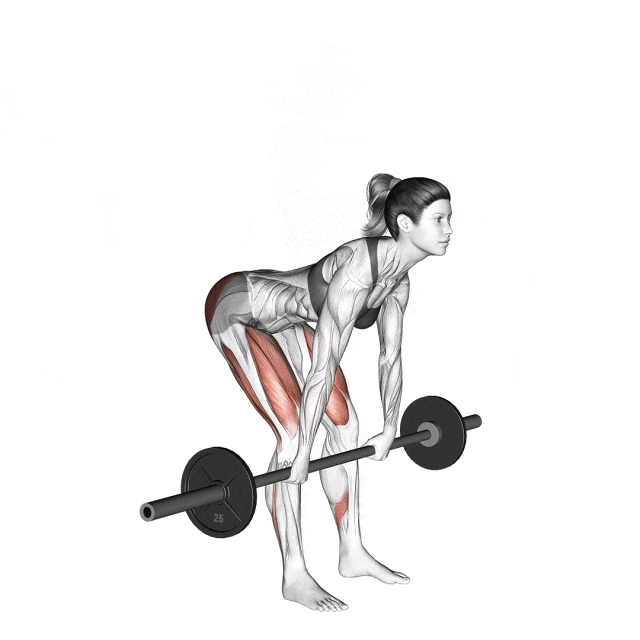
How to do it:
- Stand tall, feet hip-width apart, holding a barbell or dumbbells in front of your thighs with arms extended.
- Take a slight bend in your knees and lock it in for the entire movement.
- Hinge at your hips: Push your butt straight back behind you, keeping your back absolutely flat (chest up, shoulders back, core tight). Imagine trying to close a car door with your butt.
- Lower the weight by sliding it down your thighs and then past your knees. Only go as far as you can maintain a neutral spine – you should feel a deep stretch in your hamstrings, not rounding in your lower back.
- Drive through your heels: Forcefully squeeze your glutes to thrust your hips forward and return to the starting position. Stand tall, hips fully extended.
2. Trap Bar Deadlifts
- Muscles: Quads, glutes, hamstrings, spinal erectors, traps, grip.
The centered load of the trap bar is a game-changer. It lets you stand more upright, reducing stress on the lower back while still allowing you to move serious weight. Studies comparing EMG activity show trap bar pulls often match or exceed barbell deadlifts for quad and glute activation! I’ve seen clients hit personal bests here when barbell pulls plateaued or caused discomfort. Feels more like a “squatty” deadlift.
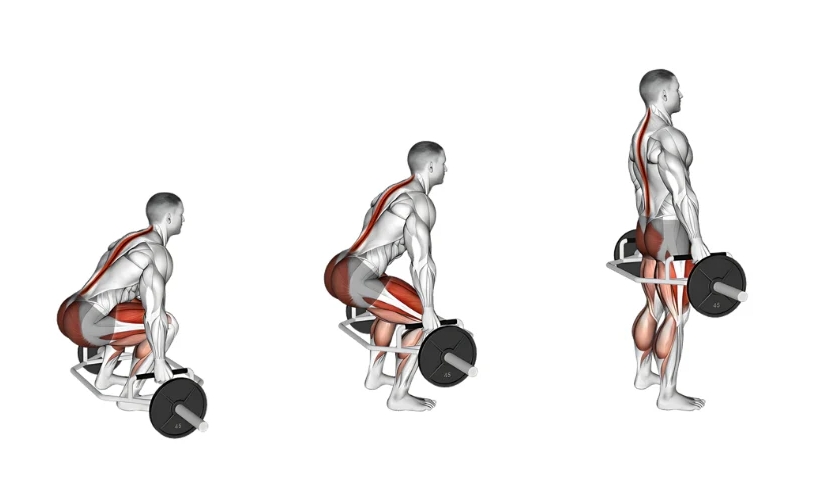
How to do it:
- Step inside the trap barbell, feet roughly shoulder-width apart, centered between the handles.
- Bend at both your hips and knees (like a squat) to grip the handles firmly. Keep your chest lifted high.
- Take a big breath, brace your core hard (like you’re about to be punched in the stomach).
- Drive through your WHOLE foot: Push the floor away powerfully, simultaneously straightening your legs and thrusting your hips forward. Stand up tall with the bar.
- Control the descent by reversing the motion – hinge at hips first, then bend knees to lower the bar smoothly back to the floor. (Pro Tip: Use the higher handles if available for an even more back-friendly start).
3. Kettlebell Swings
- Muscles: Glutes, hamstrings, spinal erectors, shoulders, core, grip.
Forget slow grinds; this is about explosive hip extension. It builds serious posterior chain power and work capacity. A 2012 study in the Journal of Strength and Conditioning Research found swings activated the glutes maximus significantly more than deadlifts in the tested protocol. I use these for fat loss circuits, athletic power development, and teaching that explosive hip snap safely. Amazing bang for your buck.
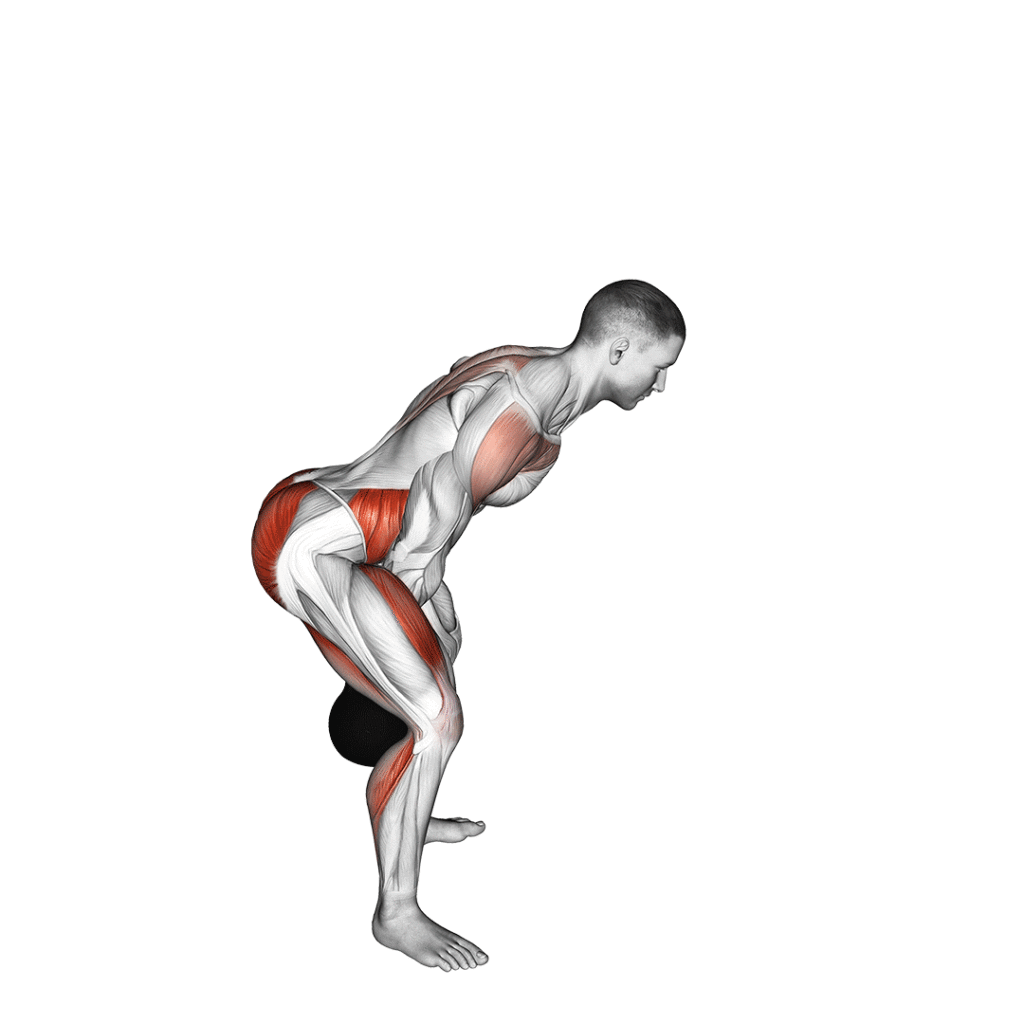
How to do it:
- Stand with feet slightly wider than shoulder-width, toes pointed slightly out. Place the kettlebell about a foot in front of you.
- Hinge Deeply: Push your hips back and bend knees slightly to grasp the kettlebell handle with both hands (overhand grip). Keep your back flat, chest up.
- Hike it: Pull the bell backwards forcefully between your legs (like a football snap), letting your hips drive the motion. Don’t squat too deep.
- Explode! Violently thrust your hips forward, squeezing your glutes as hard as possible. This hip snap should propel the kettlebell forward. Let your arms be loose ropes – the power comes ONLY from your hips and glutes.
- Let the bell swing up to about chest height (arms parallel to floor). Do NOT lift it overhead with your arms.
- As it falls, immediately re-hinge at your hips, letting it swing back between your legs for the next rep. My Mantra: “Hips snap, glutes clamp.”
4. Glute Bridges
- Muscles: Glutes, hamstrings, core.
Zero spinal load, maximum glute isolation. Perfect for beginners, rehab, or anyone needing to really fire up sleepy glutes. I prescribe these constantly to clients who can’t feel their glutes working in squats or deadlifts. It builds that essential mind-muscle connection and foundational strength. Load it heavy for serious growth.

How to do it:
- Lie flat on your back on the floor. Bend your knees and place your feet flat on the floor, hip-width apart. Heels should be close enough that you could graze them with your fingertips.
- Place your arms flat by your sides, palms down.
- Drive through your heels: Squeeze your glutes fiercely to lift your hips off the floor. Push your hips as high as possible towards the ceiling.
- Hold & Squeeze: At the top, your body should form a straight line from shoulders to knees. CRUSH your glutes together here – imagine holding a walnut between them – and hold for 1-2 seconds.
- Slowly lower your hips back down to the starting position with control. Avoid letting them crash down.
5. Hip Thrusts
- Muscles: Glutes, hamstrings, spinal erectors.
Takes the glute bridge to the next level. The elevated shoulder position allows for a greater range of motion and heavier loading. Bret Contreras’ research consistently shows hip thrusts produce some of the highest glute EMG activation of any exercise. If your goal is building a stronger, more powerful backside, this is non-negotiable. I’ve added inches to my own glutes primarily with heavy hip thrusts.
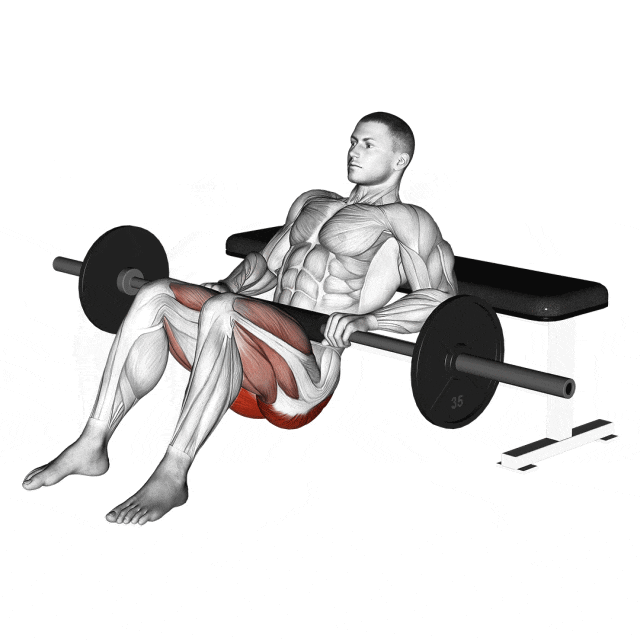
How to do it:
- Sit on the floor with your upper back firmly against a stable bench (shoulder blades resting near the top edge). Knees bent, feet flat on the floor hip-width apart, heels about 1-2 feet from your glutes.
- Roll a loaded barbell carefully over your hips/lower abdomen. (Use a thick pad or folded yoga mat for comfort!)
- Brace your core. Drive through your heels and squeeze your glutes powerfully to lift your hips straight up towards the ceiling.
- Reach Full Extension: Lift until your torso is roughly parallel to the floor (thighs and torso form a straight line). Your shoulders remain on the bench. Squeeze your glutes maximally at the top. Avoid over-arching your lower back.
- Slowly lower your hips back down towards the floor, maintaining control throughout.
6. Reverse Hyperextensions
- Muscles: Glutes, hamstrings, spinal erectors.
This is my secret weapon for lower back health and posterior chain work without spinal compression. The movement actually creates traction on the spine. Swore by them for bulletproofing backs. I use them as a warm-up, cool-down, or accessory lift, especially after heavy squat or pull days. Fantastic for rehabbing and preventing lower back issues.
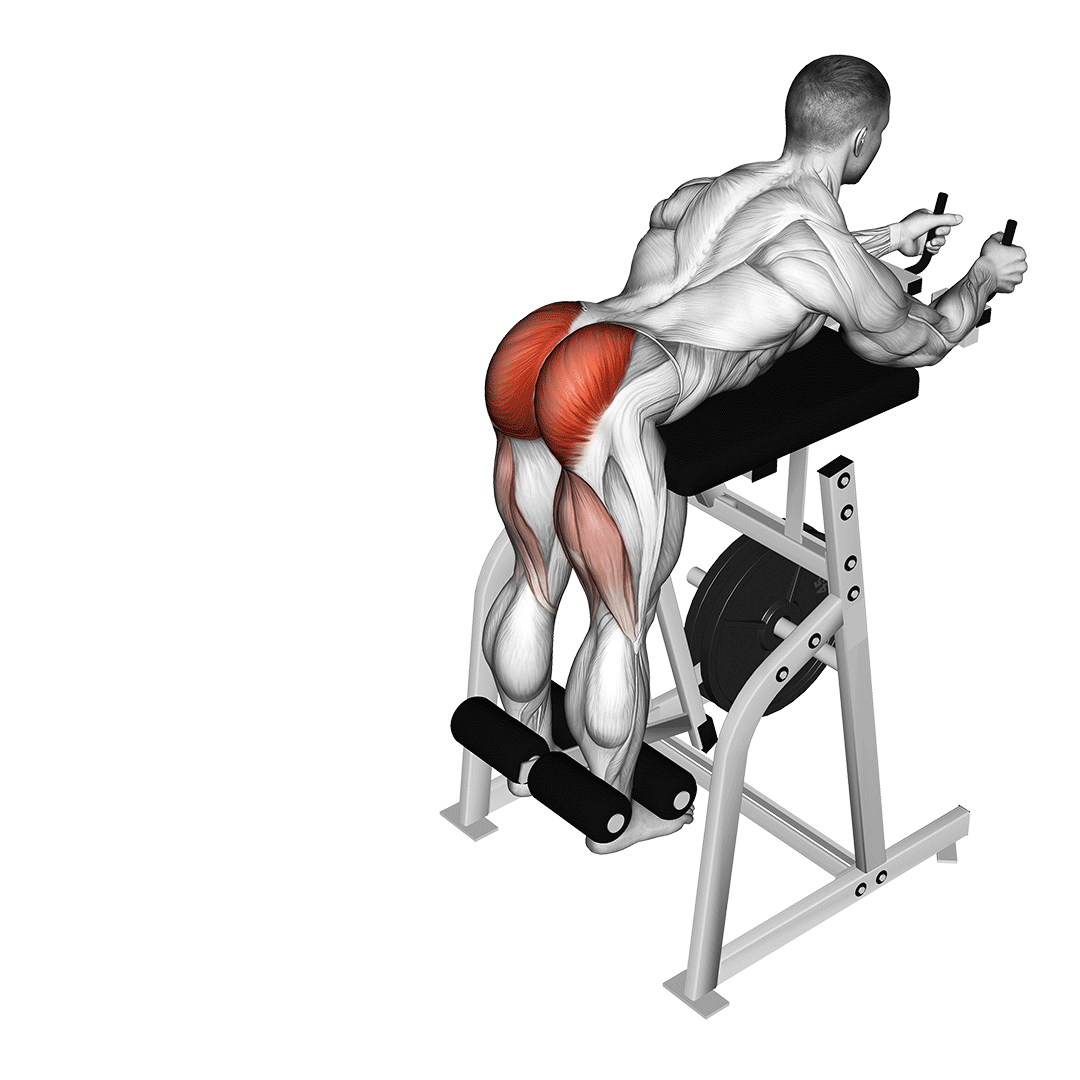
How to do it:
- Lie face down on the machine’s pad, positioning your hips near the edge. Secure your ankles comfortably under the padded roller.
- Grip the handles firmly for stability. Keep your body straight and core engaged.
- Squeeze Glutes & Hamstrings: Lift your legs straight up behind you by contracting your glutes and hamstrings. Keep legs together and straight.
- Raise your legs until they are parallel to the floor (or slightly higher if comfortable), feeling a strong contraction in your glutes and hamstrings. You should feel traction (a gentle stretch) in your lower back.
- Slowly lower your legs back down to the starting position with control.
7. Bent-Over Rows (Barbell or Dumbbell)
- Muscles: Lats, rhomboids, traps, rear delts, biceps, spinal erectors, hamstrings.
While primarily an upper back builder, maintaining that strict bent-over position forces your entire posterior chain – especially your lower back and hamstrings – to work isometrically hard. It builds tremendous back thickness and core stability, crucial for overall deadlift strength potential. Think of it as deadlift posture training under load. I consider heavy rows foundational for any serious lifter.
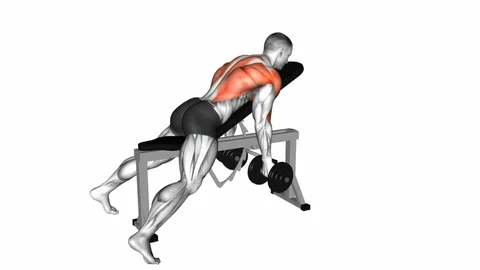
How to do it:
- Stand with feet shoulder-width apart, slight bend in knees. Hold a barbell with an overhand grip, hands slightly wider than shoulders.
- Hinge at Hips: Push your butt back, keeping your back FLAT and rigid (neutral spine). Lower your torso until it’s nearly parallel to the floor (or slightly higher if needed to maintain form). Let the bar hang straight down below your shoulders. This starting position is KEY – it loads the hamstrings and lower back isometrically.
- Pull to Ribs: Keeping your elbows close to your body, pull the dumbbell straight up towards your lower ribcage/upper abdomen. Focus on squeezing your shoulder blades together at the top.
- Slowly lower the barbell back down to the starting position with control, fully extending your arms. Maintain that flat back angle throughout!
8. Pistol Squats (Single-Leg Squats)
- Muscles: Quads, glutes, hamstrings, core, hip stabilizers.
An incredible unilateral (single-leg) strength and stability challenge. It forces each leg to work independently, revealing and fixing imbalances. Building single-leg strength directly translates to better bilateral strength (like deadlifts) and athleticism. It also builds insane core and hip stability. Don’t be fooled – even bodyweight versions are brutally effective. I use progressions (box pistol, assisted) constantly.
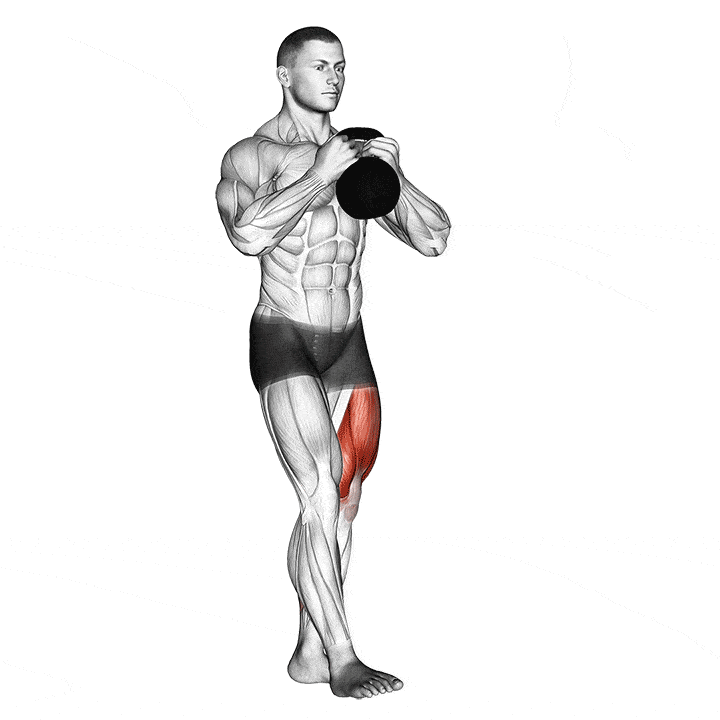
How to do it:
- Stand on one leg. Extend your non-working leg straight out in front of you, parallel to the floor or as high as you can manage.
- Extend your arms straight out in front for balance (like a tightrope walker).
- Initiate Descent: Push your hips BACK and slowly lower your body down, keeping your chest as upright as possible. Focus on keeping your planted heel glued to the floor.
- Go as Low as Control Allows: Aim to lower until your working thigh is at least parallel to the floor, or as deep as mobility/strength permits without losing balance or form. This is brutally hard!
- Drive Up: Push powerfully through your entire foot, especially the heel, to stand back up. Squeeze your glute of the working leg hard to extend your hip fully.
Considerations When Choosing A Deadlift Alternative
- Listen to Your Body & Preference: Does Romanian Deadlift feel amazing on your hamstrings? Stick with it! Hate Kettlebell Swings? Skip ’em. Enjoyment breeds consistency, period. I ditched conventional pulls for years because RDLs just clicked better for my mechanics and kept me pain-free while building strength.
- Be Ruthless About Your Goal: What part of the deadlift alternative are you trying?
- Raw Strength & Power? Trap Bar Deadlifts or heavy Hip Thrusts are your friends.
- Hamstring & Glute Hypertrophy? RDLs and Hip Thrusts reign supreme (remember that EMG data!).
- Lower Back Health & Decompression? Reverse Hypers are magic.
- Athletic Power & Conditioning? Kettlebell Swings deliver.
- Fixing Imbalances? Pistol Squats expose the truth.
- Overall Back Thickness & Posture? Bent-Over Rows are essential.
- Honor Your Injury History: If you’ve got a cranky lower back, heavy spinal loading might be out. Opt for Reverse Hypers, Glute Bridges, or RDLs with strict form. Knee issues? Trap Bar or Swings might be kinder than Pistols. When in doubt, consult a physio or sports doc. I learned this the hard way early in my career – pushing through pain with the “wrong” exercise sets you back months.
Ditching the barbell deadlift doesn’t mean ditching results. This toolbox of 8 deadlift alternative gives you proven ways to build a powerful, resilient posterior chain, sculpt serious muscle, and boost athleticism, all while respecting your unique body and goals. Experiment, find what deadlift alternative fuels your progress and feels good, and crush those workouts. Your strength journey is yours to own! Now get out there and lift smart.
Welcome! I’m Jordan Mitchell, the dedicated editor at Leadman Fitness, where we specialize in manufacturing high-quality bumper plates, barbells, weight machines, kettlebells, and dumbbells. With a passion for fitness and a keen eye for detail, I ensure that our product information is clear, accurate, and engaging for our customers. My role involves collaborating closely with our design and production teams to highlight the innovative features and superior craftsmanship that set Leadman Fitness apart in the industry. Whether you’re a professional athlete or a fitness enthusiast, I’m here to provide you with the information you need to achieve your training goals with our top-of-the-line equipment.
